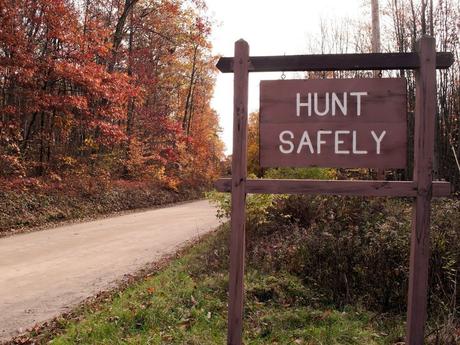
Deer, wolf and bird hunting is a centuries-old tradition for many Saskatchewan families. For the 35th year in a row, Gordon Bayliss will teach hunters how to stay safe in fields and woods.
Bayliss is one of a group of instructors who will be delivering a gun safety and hunter education course at Nipawin Fish and Game Hall this winter, starting January 18.
Anyone eleven years of age or older is eligible to take the course, which will take place on Tuesday and Thursday evenings.
The gun safety and hunter training course has been offered in Saskatchewan since 1963 - Bayliss himself remembers taking it "several times" as a child. In Saskatchewan, anyone born after 1970 must complete the course to apply for a hunting or fur license.
"The most important thing we teach is the safe handling of firearms," Bayliss said. "We teach [students] how to handle a weapon safely - how to store it, how to clean it, how to handle it. And then we do outdoor things like a bit of archery, outdoor survival skills, and game id. "
During his decades as a safety educator, Bayliss has seen many cases of students thinking they know more about gun handling than they actually do at the start of the course.
"For children, many do because they see their mothers and fathers handling guns at home," he said. "So some of them think they know everything when they come in, but we can usually teach them other things. "
And that's not just true for younger students - in his experience, Bayliss has found that most people can handle learning extra safety precautions.
"We have a lot of parents and even grandparents who will bring their young children into the classroom, and they even learn things when they sit here listening to us," he said. " It is open to all. "
According to Bayliss, the most important principles of gun safety can be summed up by the mnemonic "ACTS".
"A stands for 'Always assume your firearm is loaded.' Whenever you pick it up, treat it as a loaded gun, "he said. "It's 'control your muzzle.' Always check the correction as the pistol is pointed. T is "Keep your finger of the trigger off the trigger and off the trigger guard until you are actually ready to fire", and S is "Check that the gun is on. fire is safe and learn to prove it is safe ".
"It's the most important thing we teach about safety, and we review it with every class. "
Bayliss says the course is primarily focused on classroom learning and the only equipment students need to bring is "a pen and a highlighter". Still, he tries to keep things exciting, especially once the students have mastered the basics.
"We have a night at the end of the class where we usually go down and shoot air rifles in the basement," he said.
Due to COVID-19, enrollment in this class cohort is limited to 30 students - and Bayliss says nearly two-thirds of those spots have already been filled.

